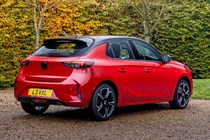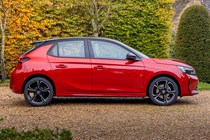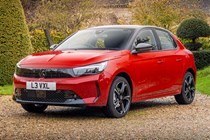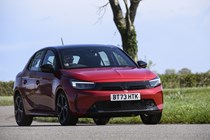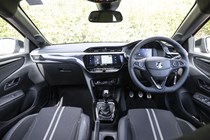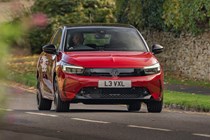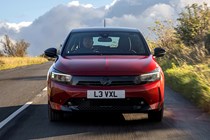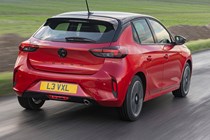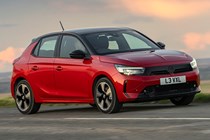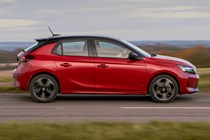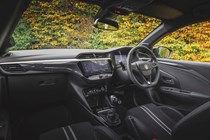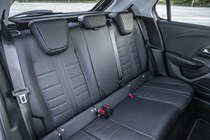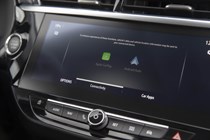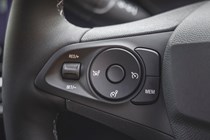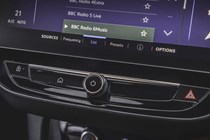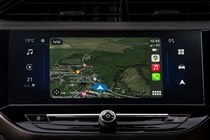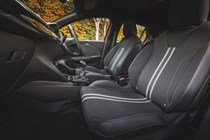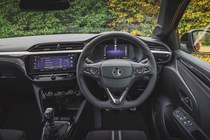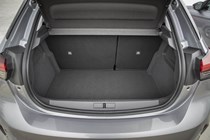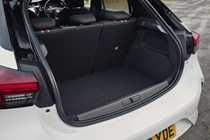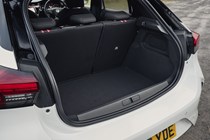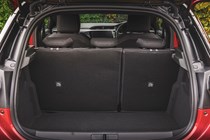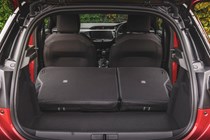
Vauxhall Corsa long-term test
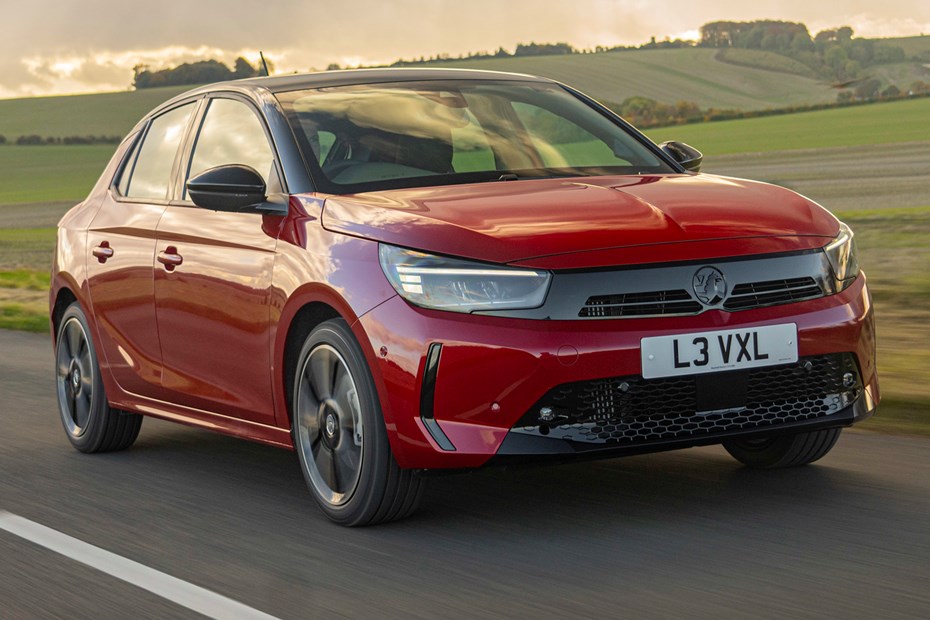
Seth Walton’s got company for his first six months as a road tester – a 1.2-litre Vauxhall Corsa. One of the UK’s best-loved first cars, it seems a fitting choice, but how well will it hold up after many miles of motorway commuting?
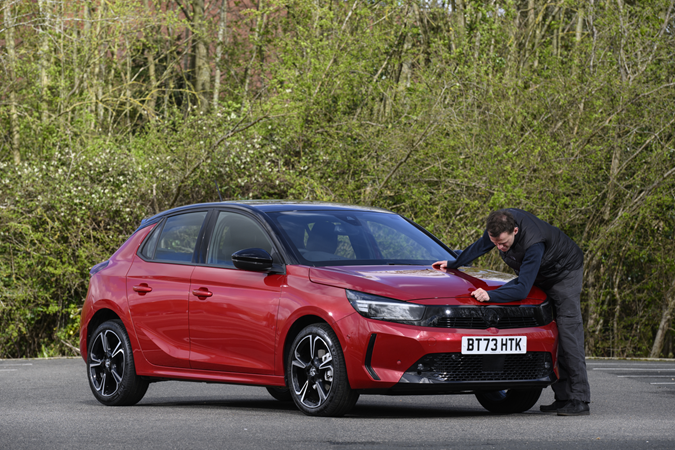
Update 1: introduction
Introducing the Vauxhall Corsa GS Turbo Petrol 1.2 Manual
A new car, for six months! Just a couple of weeks into my career as a road tester and I’ve already been trusted with a long-termer – no pressure. The car itself? A manual 1.2-litre Vauxhall Corsa in mid-range GS trim, finished in a rather fetching crimson red.
My car is the facelifted version that arrived last year, complete with updated technology and a 100hp turbo petrol power unit, which places it in the middle of the Corsa’s engine range. I’ve been running it for several days now, and a few opinions have already started carving themselves out, but let’s kick off with the gearbox.
A manual feels right in this sort of car. I live in central Manchester and so I head south-eastward through the peak district on my commute to the office before turning due south on the A1. Given the modest output of the three-cylinder engine with just 100hp, swift gear changes are occasionally necessary to smoothly manage some of the area’s steeper topography. With a manual, I’m at least able to keep on top of where I am in the Corsa’s rev range, even if it isn’t the slickest in the world.
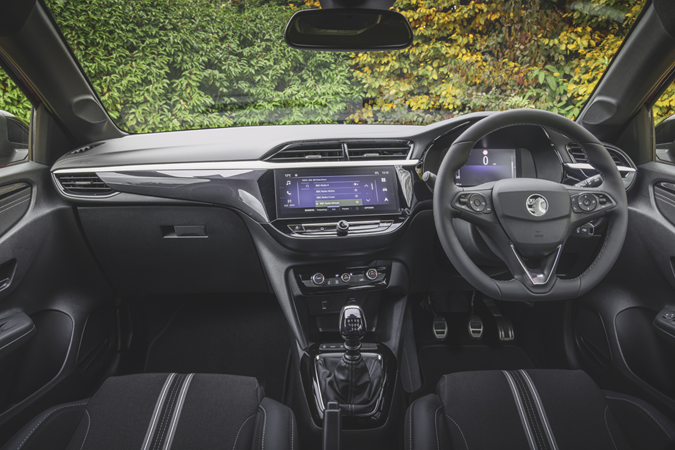
Though its action is light, the gearbox has a slightly soft-edged vagueness to it, while the throw itself is fairly long. Plus, and this is only a small gripe, the underside of the gear lever head is plated with a piece of cheap-feeling plastic that’s not very comfortable to wrap your fingers around.
All of that notwithstanding, it’s still a highly useable gearbox that’s slick between ratios and with its sixth notch, it’s well suited to motorway cruising, too. That last point is important because after the twists and turns of the Peak District, my commute concludes with an 80-mile motorway slog.
But what about the rest of the Corsa? Well, for just over 23 grand it feels like a lot of car for the money. It’s bigger and roomier than comparable supermini competitors in its class like the Toyota Yaris or the Suzuki Swift, with what feels like a plusher, less scratchy interior.
As previously mentioned, mine is a GS spec car, so it includes sports-style front seats as well as a raft of extra tech features like wireless Apple CarPlay/Android Auto connectivity. Quick and responsive, the infotainment system itself is a breeze to use, and I’ve especially savoured the easy phone connectivity during many early starts.
So, I’m happy with my new long-termer. I’ve already found a couple of niggles but so far they’ve been outweighed by the virtues of what is a sound and honest little car. Stay tuned for my experience with the Corsa over the next five months.
Mileage: 2132 miles
Average fuel economy: 47.8mpg
Claimed average fuel economy: 54.3-55.4mpg
Update Two: the big move test
Only 150 miles between my current home and my next – should be fine, right?
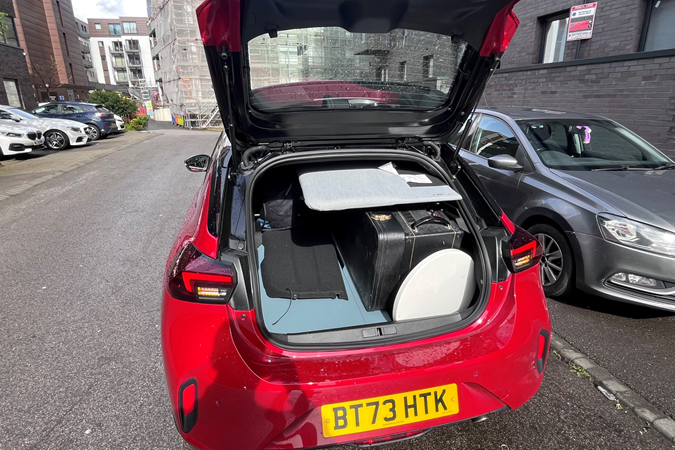
Ah, nothing like a major, life-changing move across the country to test the luggage capabilities of a car like the Corsa. It really is the litmus test through which a supermini can prove itself to be more than just a city runaround – how well do the seats fold, how conveniently placed is the boot loading lip, how far will I have to contort my neck around various items laid between the front passenger seats. All important facts I was keen to find out and not just as a means to procrastinate endless bag packing.
The Corsa’s got a luggage capacity of 309 litres with the seats up (under the parcel shelf) and 1118 litres with the seats folded. That lands it in a fairly middle-of-the-road position – 23 litres more than the Toyota Yaris but 42 fewer than a VW Polo – both with the seats up.
However, more importantly for my situation, the maximum length with rear seats folded is 1697mm, compared to 1380mm of the Polo, and I used every bit. Luckily the loading lip isn’t especially high and the rear seats fold down well.
In first went my desk (legs removed) that slipped in comfortably, followed by a guitar amp and a guitar case next to it. I was genuinely quite impressed that the Corsa was able to consume them all, followed not-so-neatly by a handful of bin bags with just about everything I own in the world.
How did it drive with all that weight onboard? Pretty well. The car was fully loaded but it didn’t feel excessively heavy, nor prone to roll through the bends like it was about to tip over. I’d probably hire a van next time to reduce two trips between Manchester and the East Midlands down to one, but the Corsa did well for a little car. Just no more packing any time soon, please.
Mileage: 3216 miles
Average fuel consumption: 47 mpg
Claimed average fuel economy: 54.3-55.4mpg
Update three: the hill climb
Impromptu green laning to put the Corsa through some slightly different paces
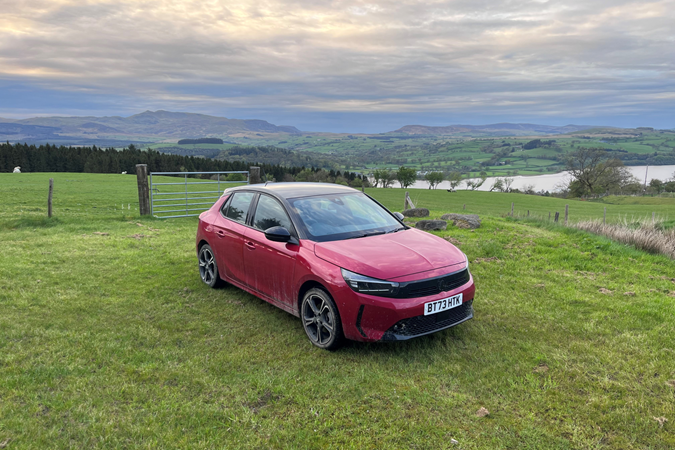
City car superminis like the Vauxhall Corsa aren’t built to ascend muddy country tracks, but hell – I sent mine up one anyway. The views at the top couldn’t wait, the sun was setting fast and the shadows were growing longer by the minute minute, so I gunned it.
I was glad to have a manual, just as I was when trying to mitigate some of the steeper climbs out of south east Manchester along the first phase of my old commute. Back in North Wales, though, and doughy as the Corsa’s ‘box may be (yes, that is the best word I’ve come up with in three months to describe its action), it did the job – stood tall where I suspect the auto may have fallen to indecision.
The Corsa doesn’t have tremendous ground clearance – supermini, remember – but it did well to roll the over tough terrain without much difficulty. We’re not talking the green lanes of Mordor here, but tarmac was absent the entire way and I had to move a couple of larger stones out of the road just to save the car from cutting its lip. Tricky turf notwithstanding, the Corsa made it up the route unfussed.
Now, that may not be the most useful consumer journalism as the majority of Corsa owners won’t ever get close to a track like this one, but it was a test all the same, and added to the wider context that seems to loom over the car.
It can do a lot of things fairly well, the Corsa, but nothing brilliantly. This has evinced itself over the last three months, as I’ve struggled to really find any fault nor true virtue in it at all. It rides adequately enough, the cabin is banal but not offensive, the gearbox isn’t slick but it does the job – it’s not a model to stir the soul but it’ll damn well do its job and usually without complaint.
Perhaps that’s all you need from a good city car supermini? I’ve certainly felt more at home in the Corsa than I have in some of the harsher cabins from its class – the new Suzuki Swift and Hyundai i20 to name a couple – but still, I don’t lie awake at night dreaming of the next time I’ll get behind the wheel. More testing needed, I’ll think up some more strenuous trials for next month’s report.
Mileage: 4307 miles
Average fuel consumption: 47.8 mpg
Claimed average fuel economy: 54.3-55.4mpg



